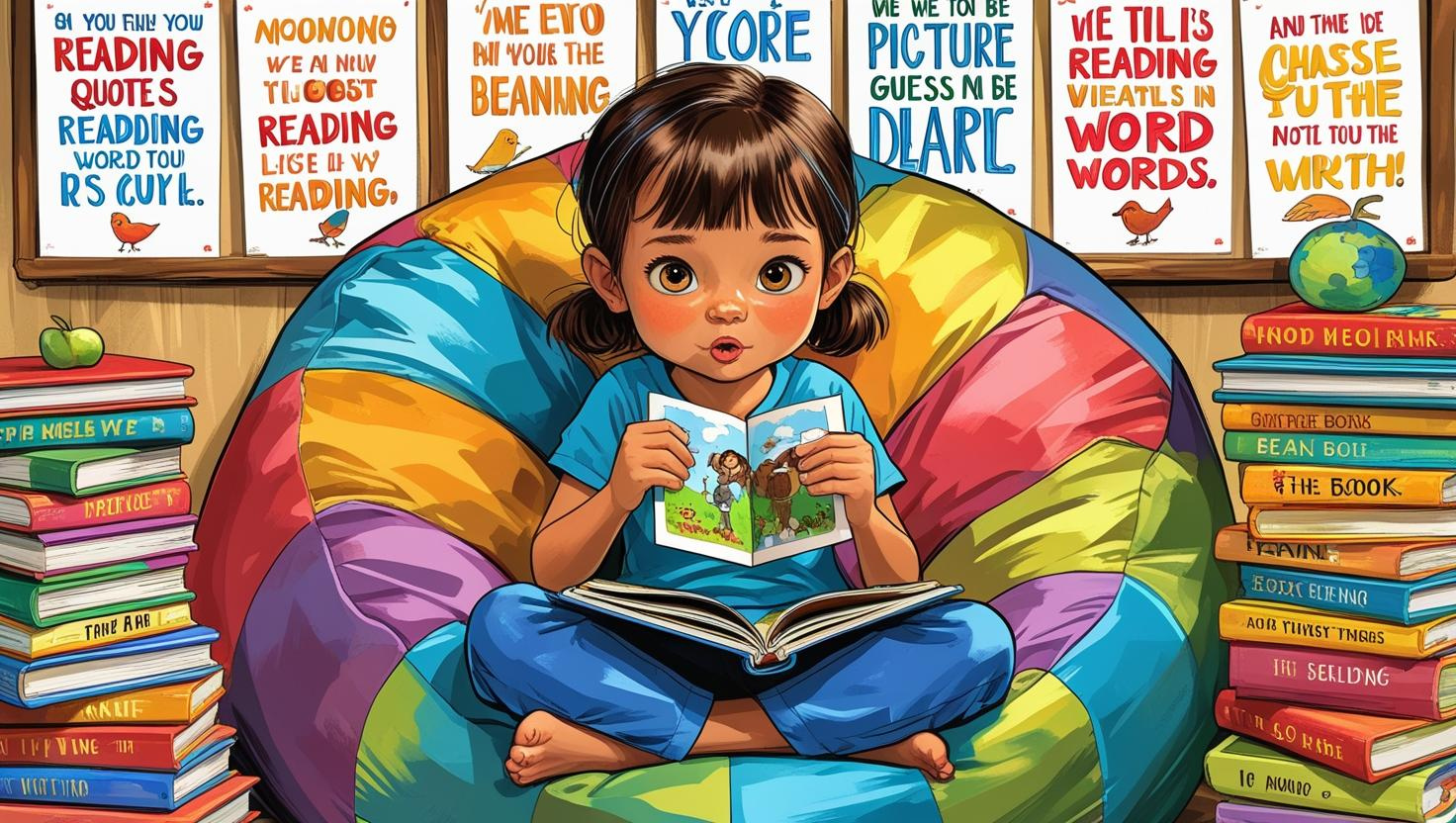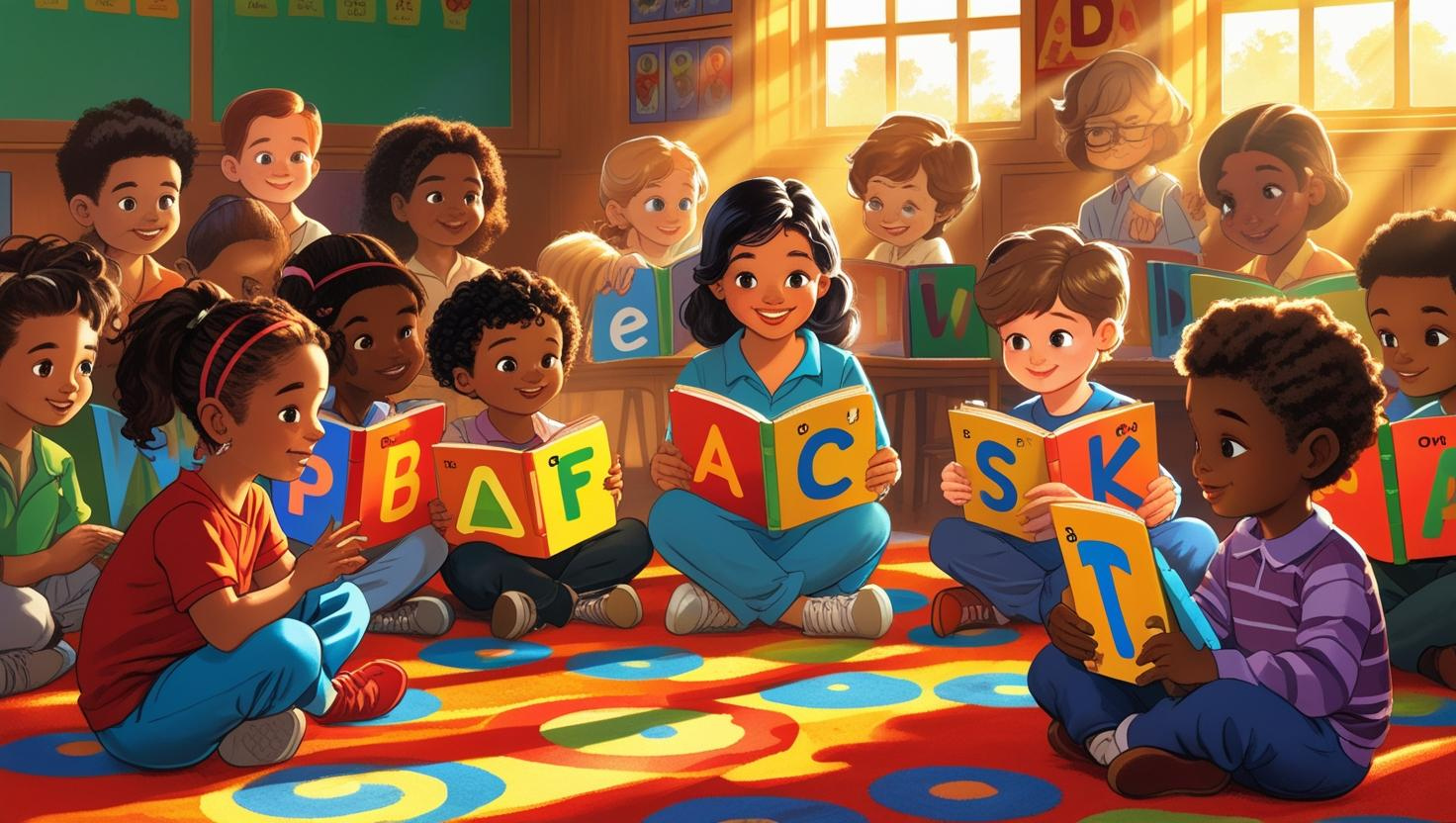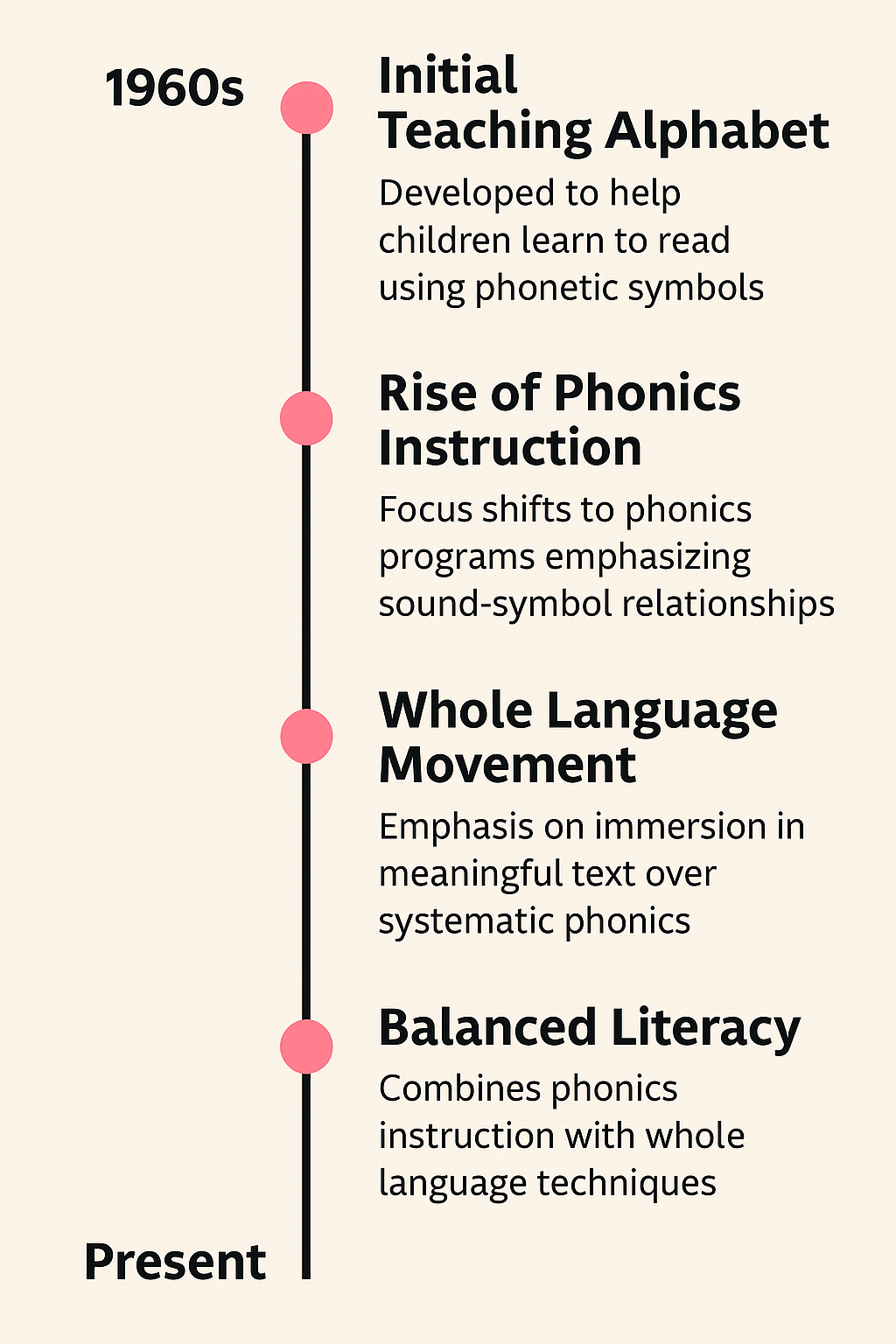Literacy & Reading History
Explore the surprising, sometimes controversial history of how we learned to read and write. From alphabet experiments to phonics wars, these articles unpack the methods that shaped generations of readers—and continue to influence how we write today.
- Details
- Hits: 685
How brain-based research reshaped reading instruction — and what writers and authors need to know about modern readers
After decades of pendulum swings — from phonics to whole language and back to “balance” — something different began to emerge in the 2010s: a literacy movement rooted in cognitive science, not classroom trends.
This shift became known as The Science of Reading — not a program, but a broad and growing body of interdisciplinary research that examines how the brain learns to read.
Fueled by neuroscience, linguistics, psychology, and classroom studies, this movement pushed educators, publishers, and curriculum designers to rethink everything from early instruction to teacher training. For many, it felt like a long-overdue return to structure and clarity. For others, it was a direct challenge to decades of educational dogma.
Read more: The Science of Reading and the Return to Structure
- Details
- Hits: 892
By the 1990s and 2000s, educators were caught in a tug-of-war. Phonics advocates insisted on explicit instruction in decoding skills, while supporters of whole language championed immersion and meaning. To reconcile these extremes, many schools adopted what came to be called “balanced literacy.”
Balanced literacy aimed to blend the best of both worlds: the structure of phonics with the rich meaning-making of whole language. But in practice, it often satisfied neither camp fully—and left many students struggling.
Read more: Balanced Literacy Explained: The Search for Harmony Between Phonics and Whole Language
- Details
- Hits: 1478
In trying to make reading meaningful and natural, whole language reformers reshaped classrooms—then left millions of students behind
In the 1980s and 1990s, a new wave of reading reform swept through English-speaking classrooms. It was bold, progressive, and student-centered. It promised to make reading joyful, natural, and deeply meaningful.
It was called the Whole Language Movement.
Born as a reaction to the rigidity of phonics instruction, whole language quickly became a dominant philosophy in literacy education. But what began as a hopeful revolution would soon become one of the most controversial—and ultimately damaging—movements in the history of teaching reading.
This article explores what whole language was, why it caught on, and how it led to a growing literacy crisis that still echoes today.
Read more: The Whole Language Movement: A Beautiful Disaster in Reading Education
- Details
- Hits: 1262
After the failure of ITA, schools returned to a familiar tool, phonics. But was it enough to fix the literacy problem?
When the Initial Teaching Alphabet (ITA) faded from classrooms in the early 1970s, it left behind more than a pile of discarded primers and experimental texts. It left behind a question: What do we do now?
Faced with disappointing literacy outcomes and disillusionment with experimental solutions, educators turned back to something familiar, phonics. The 1970s and 1980s marked a return to basics, a renewed emphasis on teaching children how to "sound out" words using the regular alphabet.
This era didn’t reinvent the wheel, but it did reinforce the idea that effective reading instruction must begin with a strong foundation in the relationship between letters and sounds.
Read more: Phonics Reclaimed: How the 1970s and ’80s Tried to Rebuild Reading Instruction
- Details
- Hits: 1189
How do we learn to read — and who decides how it’s done?
In the early 1960s, a bold experiment called the Initial Teaching Alphabet (ITA) aimed to change the way children in English-speaking countries learned to read. By redesigning the alphabet itself, educators hoped to eliminate the confusion caused by irregular spelling and give students a faster, easier start.
It was a dramatic idea — one that briefly took hold in thousands of classrooms before fading into obscurity.
But ITA is just one chapter in a much larger story. Over the past sixty years, reading instruction has shifted repeatedly, shaped by battles over phonics, meaning-making, brain science, and classroom ideology. For writers and authors, understanding this history offers more than context — it reveals how entire generations of readers (and future writers) were shaped by the way they were taught to make sense of words on a page.
This article begins our chronological journey through that history — starting with the alphabet that tried to fix English.
Read more: The Rise and Fall of ITA — and What Came After: A History of Teaching Reading in English











